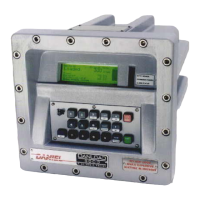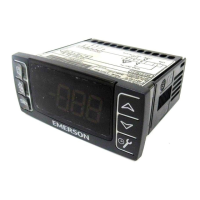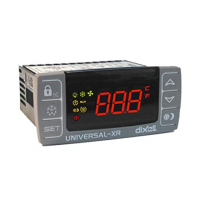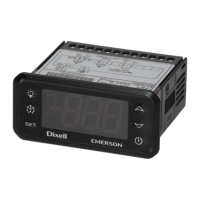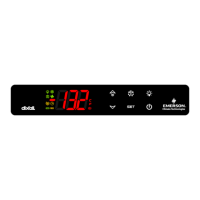Service Manual Damcos LPU: Troubleshooting Guide LPU
SM 8000-100-01 Ed 04 February 2017
64
Oil spillage, generally
Avoid starting motor until the correct level in tank has been ensured. After elimination of faults,
replenish tank with the correct oil for the specific system.
Oil in electronic connection box
Action: • At a large oil volume in electric connection box: Avoid starting the motor until having ensured
that the oil level in tank is OK.
• Check pressure switch and solenoid valve for visible leakage, possibly by starting pump.
• For LPU-S, leakage at pressure switch or solenoid valve will result in a pressure drop, so that the
LPU motor / pump restarts if this function is engaged.
• Possible leakage from safety valve cannot be positively identified, until electronic connection
box has been dismounted.
• Leakage from actuator, led through the position indicator can occur at leakage from actuator to
indicator. In special cases, oil may even be led through the power/bus cables from one LPU to the
next.
• At leaking shaft seal on the electrical motor, the oil can run through motor and up in electronic
connection box.
• After repair of defects, the tank is replenished with the correct oil for the specific system.
Oil spillage from breather valve
• Oil spillage at emergency operation: see “Emergency operation by key giving oil spillage through
breather valve” on page 59 or “Emergency operation by hand pump giving oil spillage through
breather valve” on page 59.
• Oil spillage during operation when motor is changing direction: Compressed air in actuator.
Actuator is to be de-aired.
Especially linear actuators (KC, KF and KFR) may have to be loosened from valve to be able to
close completely before de-airing of actuator.
• Oil spillage when BRCF closes: Possibly air in actuator, actuator is to be de-aired. Breather valve
shall only be placed in BRCF or in LPU, not in both. Breather valve to be placed at highest possible
tank level. Too fast closing of actuator giving a high return pressure at closing letting oil out of
breather valve. Adjust closing speed to slower closing.
• Oil spillage when KF or KFR closes: Possibly air in actuator, actuator is to be de-aired. Breather
valve must always be placed on top of KFR, and in LPU, where breather valve has to be placed at
highest possible tank level. Too fast closing of actuator giving a high return pressure at closing
letting oil out of breather valve. Adjust closing speed to slower closing.
• Oil spillage at temperature rise in LPU-system: Oil tank overfilled or too great expansion at heat-
ing up, dependent on oil volume. At a large oil spillage due to heating up, an extended tank
should be used.

